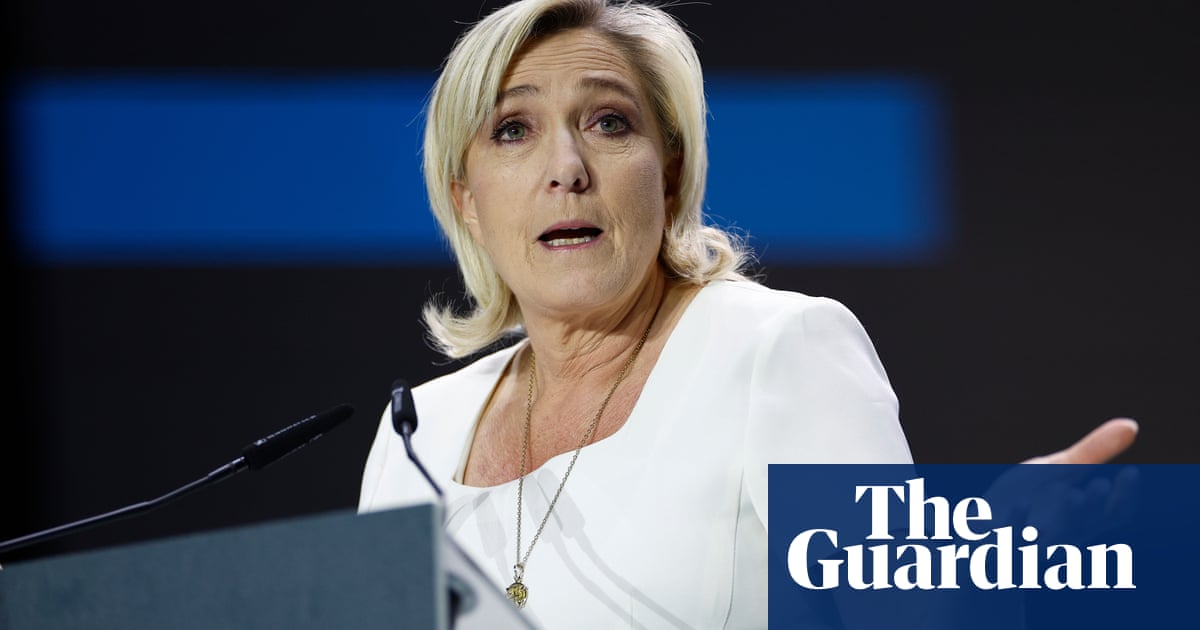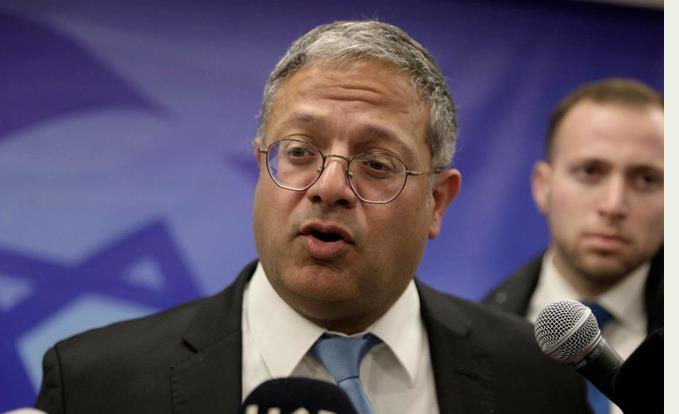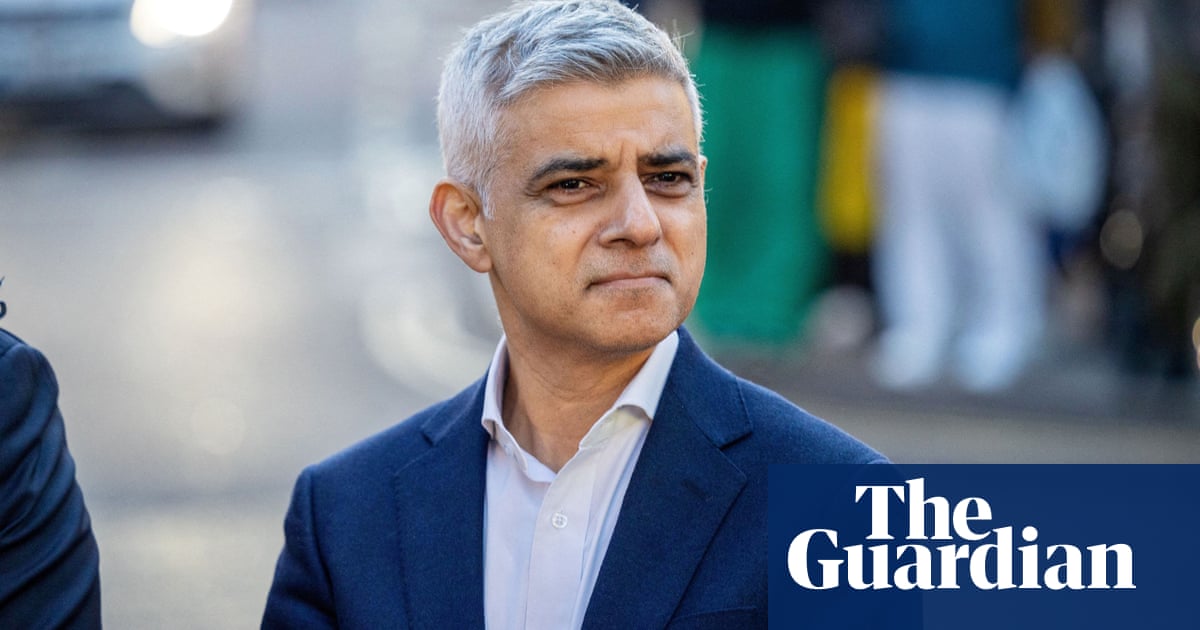
At heavily fortified state capitals across the United States on Sunday, law enforcement and media outnumbered protesters, with only a handful of armed men showing up to planned rightwing demonstrations.
Following the pro-Trump insurrection at the US Capitol on 6 January, governors in many states had mobilized the national guard, erected fences around government buildings, and in some cases even cancelled official business, amid warnings from law enforcement agencies of armed protests in all 50 states ahead of Joe Biden’s inauguration.
On Sunday, the only far-right groups that were visible at the protests were the ones who had first promoted the event: members of the “Boogaloo Bois”, an extremist pro-gun and anti-government movement fixated on a coming civil war. Their desire to make the protest happen across all 50 states was not realized, and even in the states where protests took place, they were unable to muster significant numbers.
In Salem, Oregon, where the state capitol was breached in December, and where dozens of far-right protesters clashed with Oregon state police on 1 January, the entire protest consisted of eight heavily armed Boogaloo Bois, compared with more than 20 reporters.
In Lansing, Michigan, where the state’s capitol was also breached by armed men in April, and where men with alleged Boogaloo ties were charged in a plot to kidnap the Democratic governor, Gretchen Whitmer, this fall, about a dozen Boogaloo Bois showed up to protest, according to local news reports. One journalist estimated the Boogaloo Bois stayed for about 30 minutes.
In Ohio, there were about two dozen protesters at the capitol in all, some armed with assault-style rifles and wearing military gear. Several identified themselves as part of the Boogaloo movement. In Colorado, there were a handful of Boogaloo Bois at the state capitol, and in New Hampshire, there were five, the New York Times reported. In Arizona, there were about 10 protesters at the state capitol, the Arizona Republic reported, with two men captured in photographs wearing the Hawaiian shirts paired with a military-style rifle that the Boogaloo Bois chose as their uniform.
Since June, prosecutors have charged multiple Boogaloo Bois in a series of violent incidents, including the alleged murders of a federal security officer and a sheriff’s deputy in California, an alleged plot to set off molotov cocktails at a Black Lives Matter protest in Las Vegas, and the alleged plot to kidnap a Democratic governor of Michigan.
Asked in a text message about the limited success of the protests on Sunday, Southern Poverty Law Center spokesman Michael Edison Hayden said: “Boogaloo adherents voiced quixotic plans for Sunday. They ran up against obstacles in achieving them in the aftermath of the violence on 6 January and lost access to websites they typically use to bring crowds together.”
An influential Boogaloo movement website that analysts said had first advertised the national protests on Sunday was taken offline last week.
And amid fallout from the Capitol riot, Sunday’s protests themselves had become a point of contention in the remaining online platforms that far right activists could access.
In a group dedicated to refugees from Parler, the far-right friendly social media platform whose hosting was yanked by Amazon a week ago, users clashed over the planned protests, with some arguing that the events were a “false flag”, and a trap laid for the movement by antifascists or law enforcement.
Beyond social media, far-right leaders also expressed reservations about joining the actions. Even as the FBI circulated warnings in the past week about new potential armed demonstrations, some prominent leaders of extremist groups who had a presence at the 6 January attack claimed publicly that they did not want their followers to attend protests this week. Some warned that they saw the planned demonstrations as “traps”.
Stewart Rhodes, the founder of the Oath Keepers, one of the country’s most prominent anti-government militias, was captured on video talking to militia members outside the Capitol on 6 January. In an email to supporters Thursday, Rhohdes joined other extremists in asking Trump to declare martial law, but he also told supporters they should not gather at state capitols to protest, warning them of “false-flag traps”.
Enrique Tarrio, the leader of the neo-fascist Proud Boys, told USA Today that his group was not mobilizing as part of inauguration protests. “I feel like this part of the battle is over,” he said.
White nationalist streamer Nicholas Fuentes told his supporters to “steer clear” of the inauguration, warning of an increased military presence.
Jared Holt, a Visiting Research Fellow at the Atlantic Council’s Digital Forensic Research Lab, where he monitors extremist groups online, said that as Boogaloo activists had tried to broaden the appeal of the 17 January protests, they became conflated with the “stop the steal” movement and other strands of pro-Trump protest.
But Holt says that in the wake of 6 January, “the far right has become feverishly paranoid about any events surrounding the inauguration”.
Researchers who monitor extremist groups said that the sweeping bans and takedowns of far-right accounts in the past 10 days have left many groups in disarray, and that the ongoing arrests of people who participated in the capitol attack also appear to be having a deterrent effect.











